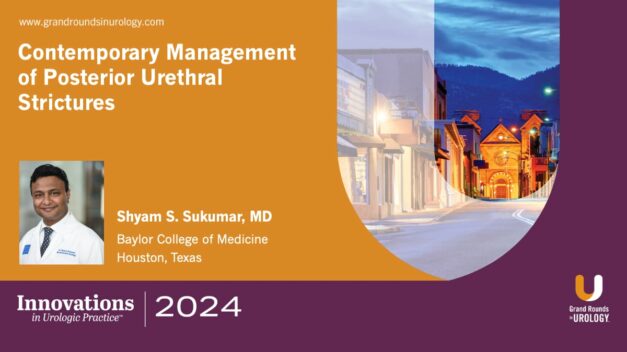Renal Ablation Technologies – Impact on the Treatment of Small Renal Masses
Thomas W. Jarrett, MD, explores the evolving role of renal ablation technologies in managing small renal masses (SRMs), highlighting their increasing importance as an alternative to traditional surgical approaches. In this 20-minute talk, he provides a detailed overview of the various ablation techniques, including radiofrequency ablation (RFA), cryoablation, and microwave ablation, emphasizing their distinct mechanisms of action and clinical applications.
The presentation delves into the outcomes associated with renal ablation, discussing the advantages and disadvantages of the different ablation options. Dr. Jarrett also addresses the limitations and challenges of renal ablation, including the potential for incomplete tumor destruction and the difficulties in monitoring long-term outcomes.
Read More




